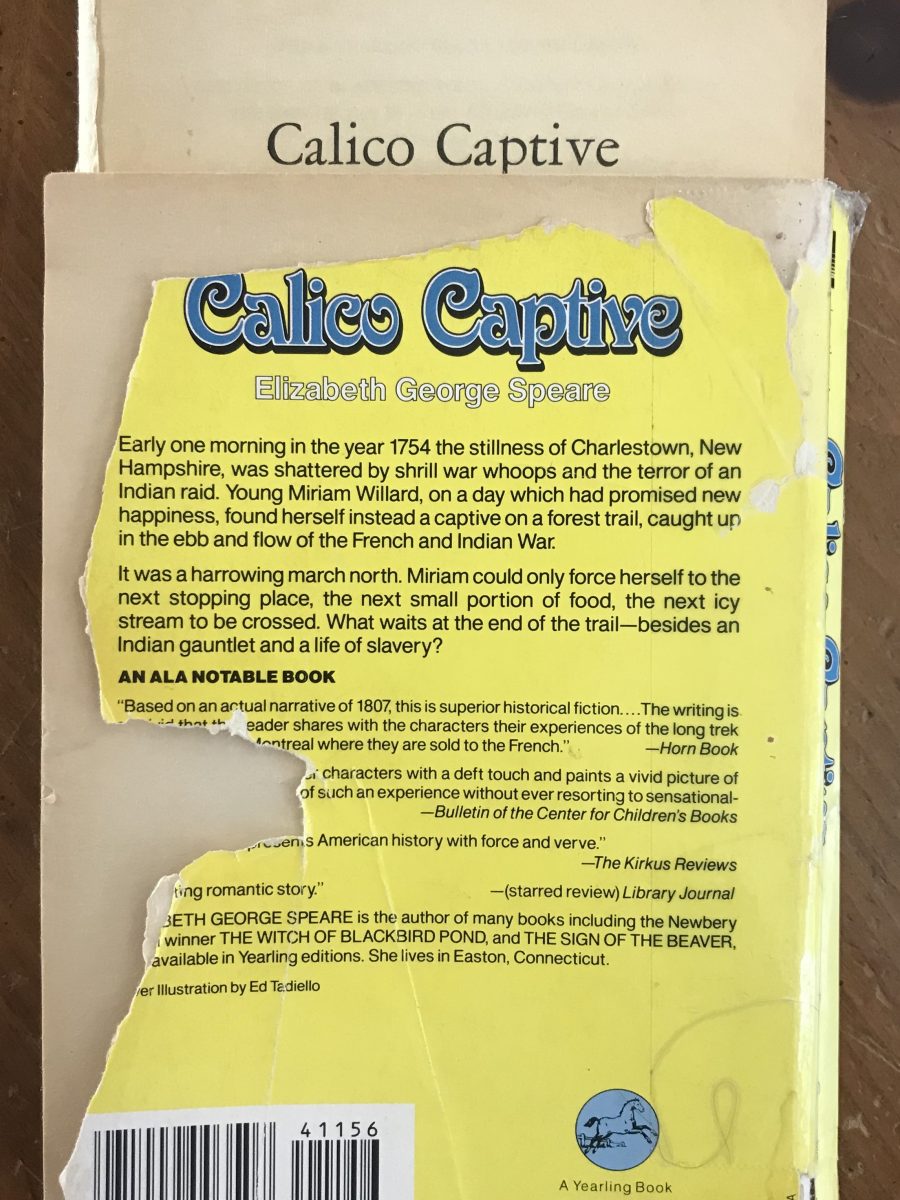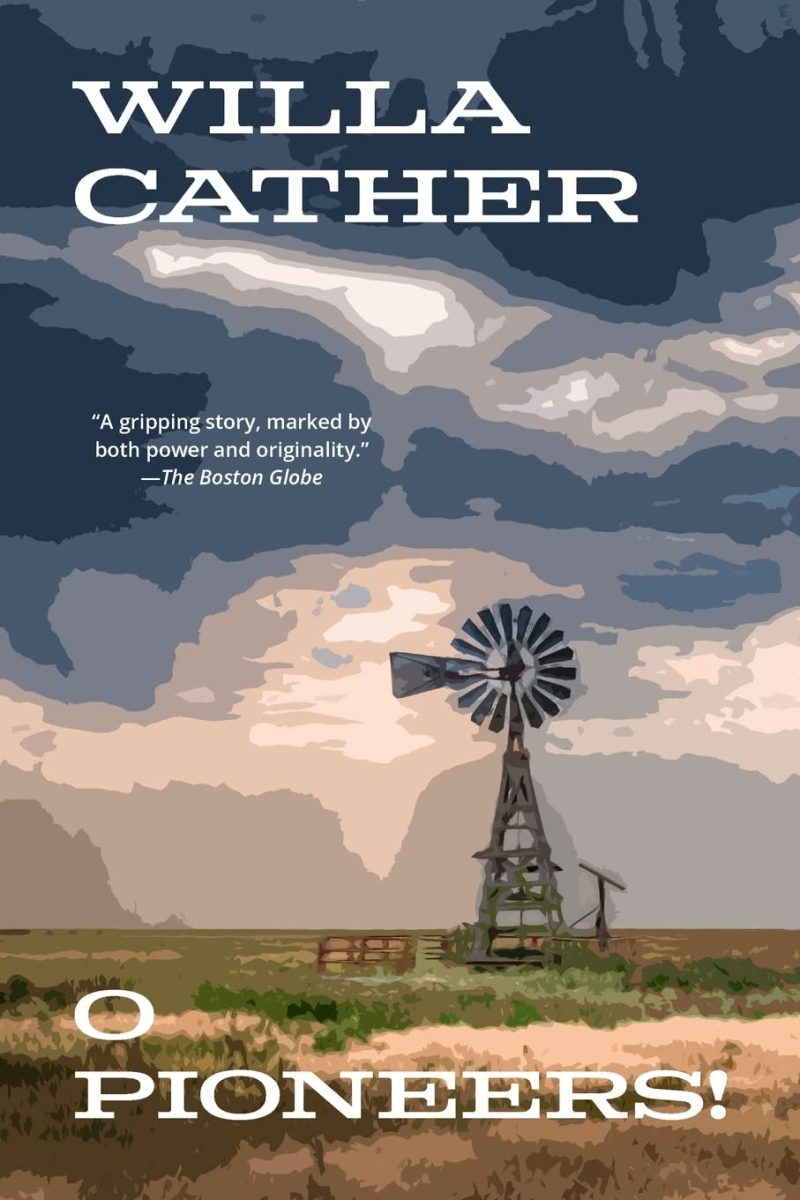As Rachel mentioned in her previous post, bookstores are not just places to buy books. For lovers of books, they are havens, albeit sanctuaries. Whenever I enter a bookstore, browsing for a few minutes quickly turns into several hours. I usually need to physically pull out each individual book, look at the reviews (dismissing the notion that reviews are sometimes misleading) and then read the synopsis, just to see if I can relate to the plot in any particular way.

Cover #1 (for Ian McEwan’s upcoming novel, Sweet Tooth)
Yet, a very defining factor in my own buying process (besides what mood I’m in) is the book cover. So often, many of my decisions to buy books have come from the way the book has been marketed. In many instances, a book cover can spark my imagination in innumerable ways, and of course a major part of why I read fiction is because I love to have my imagination sparked.

Cover #2 (for Ian McEwan’s upcoming novel, Sweet Tooth)
For example, Ian McEwan’s newest novel, Sweet Tooth (to be released in October 2012), has two vastly different covers, which I’m guessing one is for the audio book and the other cover is the one that McEwan and his publishers ultimately decided for the hardcover book. Cover #1 is definitely creepier and uses color (or lack thereof) to its advantages, to perhaps accentuate certain aspects of the book, such as a psychological paranoia looming in the red-dressed woman’s psyche. However, Cover #2, which I like much better, seems to grab my attention more because instead of being the audience member watching the creepster loom in the hallway, Cover #2 tears down the third wall and forces us to become the voyeur. Because of this and due to the fact that the woman peers down the railroad track leaves more room for me to think about where the story may be headed or what kind of story McEwan may be shooting for – in other words, mystery or even enigma can often be a successful quality to a book cover.
So, I use these two book covers, just to demonstrate how my mind, as an avid reader, works when I would peruse bookstores. Sure, judging a book by its cover is not any breaking news – I’m not imparting any profound wisdom here. Most people, especially those who frequently buy books, understand the vitality of the book cover. Also, they understand how the book cover is undergoing vast changes. The advent of the e-book (much like with music) has slightly devalued the cover and instead has placed responsibility in the hands of the reviewers, which may or may not be a good thing.
For example, Knopf Books for Young Readers will release an enhanced e-book version of Christopher Paolini’s Inheritance, the fourth and final installment in his Inheritance Cycle, on October 23, 2012. As Publisher’s Weekly points out, Paolini’s enhanced e-book “includes 7 videos of Paolini’s behind-the-scenes commentary embedded throughout the text, plus the author’s never-before-seen artwork, a letter to fans, and a new scene within the text.” Although the book is aimed for younger audiences, it is obviously chalked full of very interactive features, which leads me to wonder how such an interactive experience may affect the future of book covers.
Interestingly, Betsy Morais from The Atlantic wrote an article earlier this year titled “Has Kindle Killed the Book Cover?” in which she pulled quotes from some of the industry leaders in publishing. Their opinions varied, from negative to positive to indifferent. However, a major point she brings up is that awareness of the e-book’s future has finally arisen; as Morais points out, “Digital reading is already happening, but electronic books have only barely begun to adapt to current habits and devices.”
Certainly, within the publishing industry, that is the crossroads many of us are standing at. This crossroads is not only comprised of the e-book but all the small components, the finer details, that will ultimately affect how a book is marketed. Think of an enhanced e-book cover of Lolita, for example, or The Great Gatsby. Will enhanced e-book covers supersede frozen images and start to “come to life” such as that infamous green light that Nick stares at longingly begins to actually blink at the reader?
Or, maybe, it’s not up to the publishers, but the retailers like Amazon or Barnes and Noble. Will they “shelf” the e-book versions of book covers in more sophisticated or predominant ways? As e-readers and smartphones and tablets develop, will book covers become flashier or even transform into animation, much like Paolini’s book will be using? Maybe books will just turn into apps, and the term “e-book” will be as old-fashioned as a fax machine.
Time will tell. The questions and the uncertainties keep growing exponentially, day by day. Nevertheless, for us book lovers, we need a new way of “judging a book by its cover” when it comes to e-book shopping – it’s an impulse that needs to find a cathartic release. And, in my opinion, the current set-up is just not cutting it.








